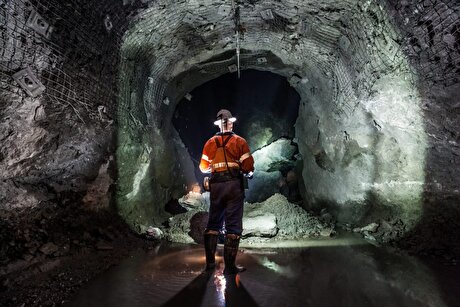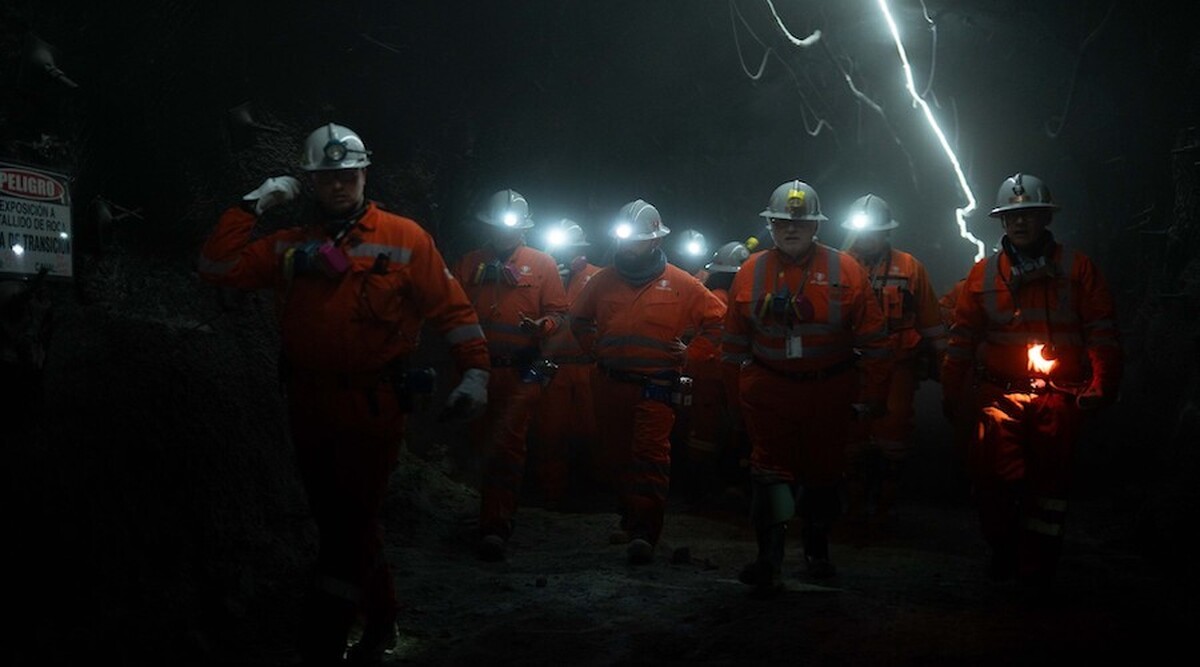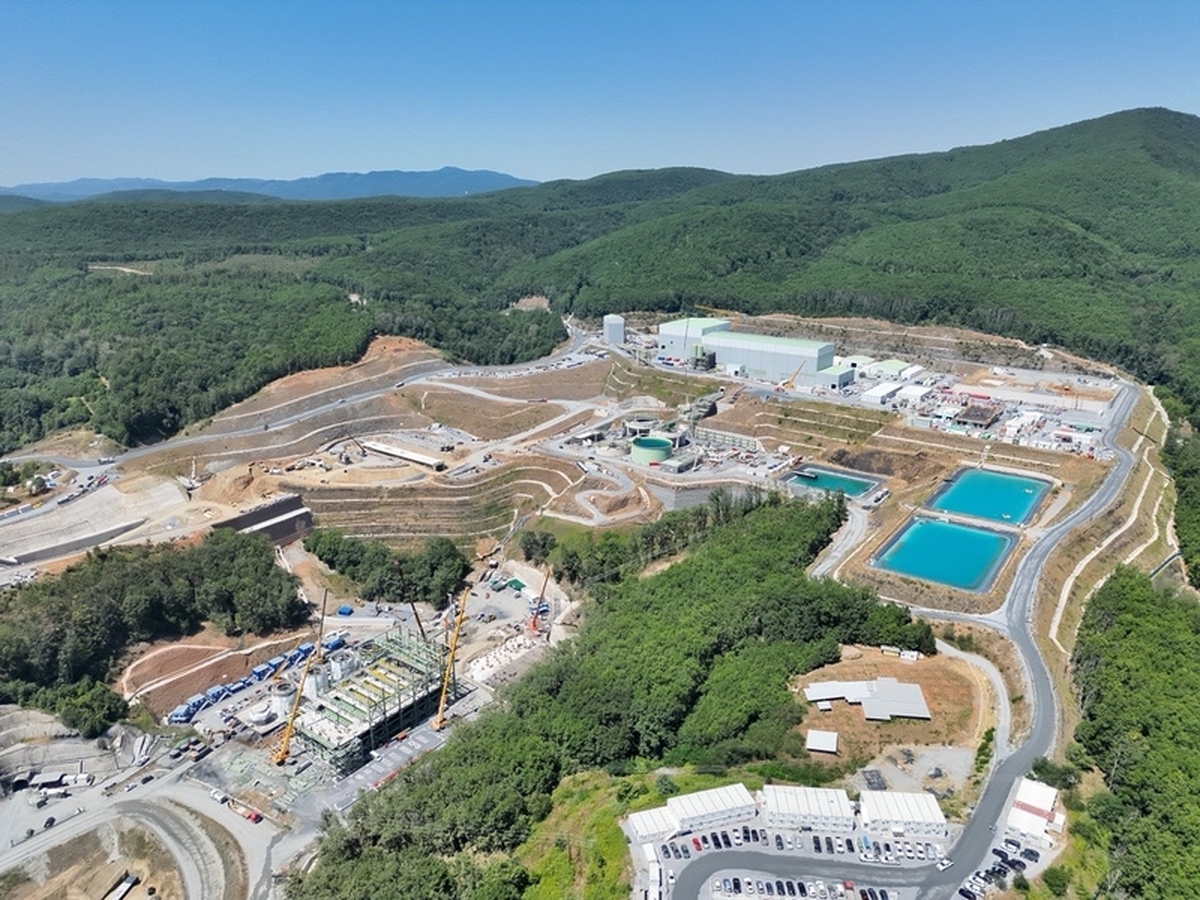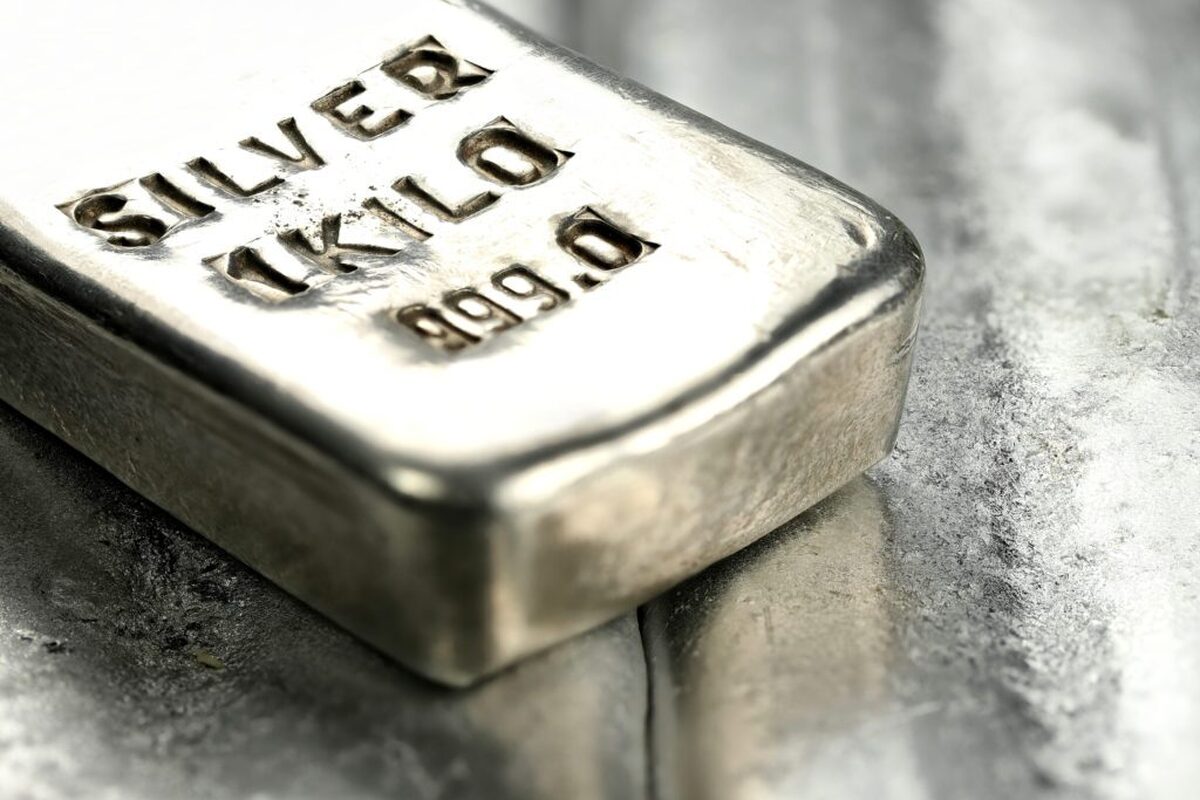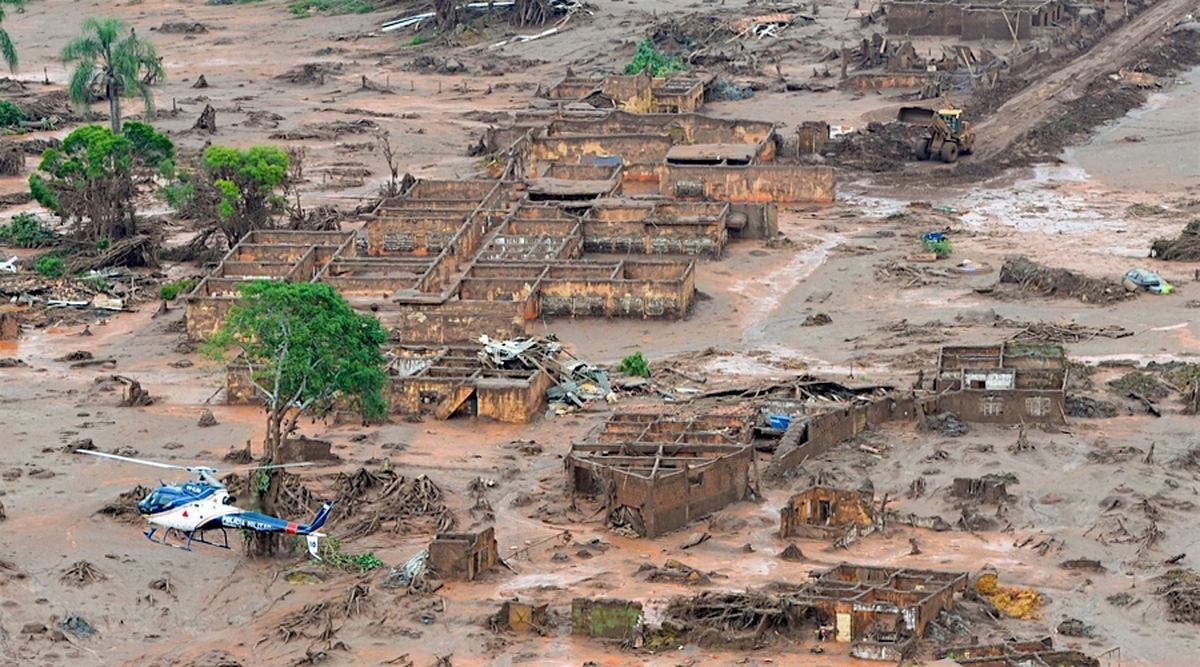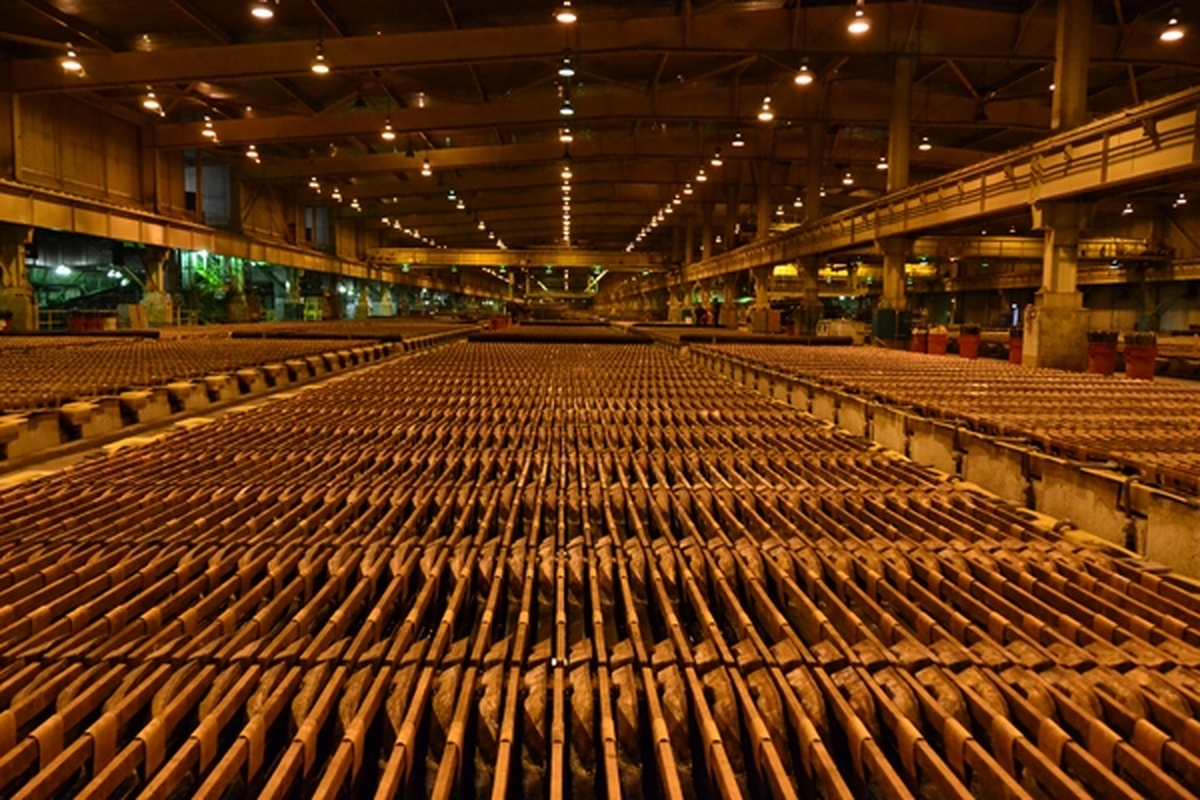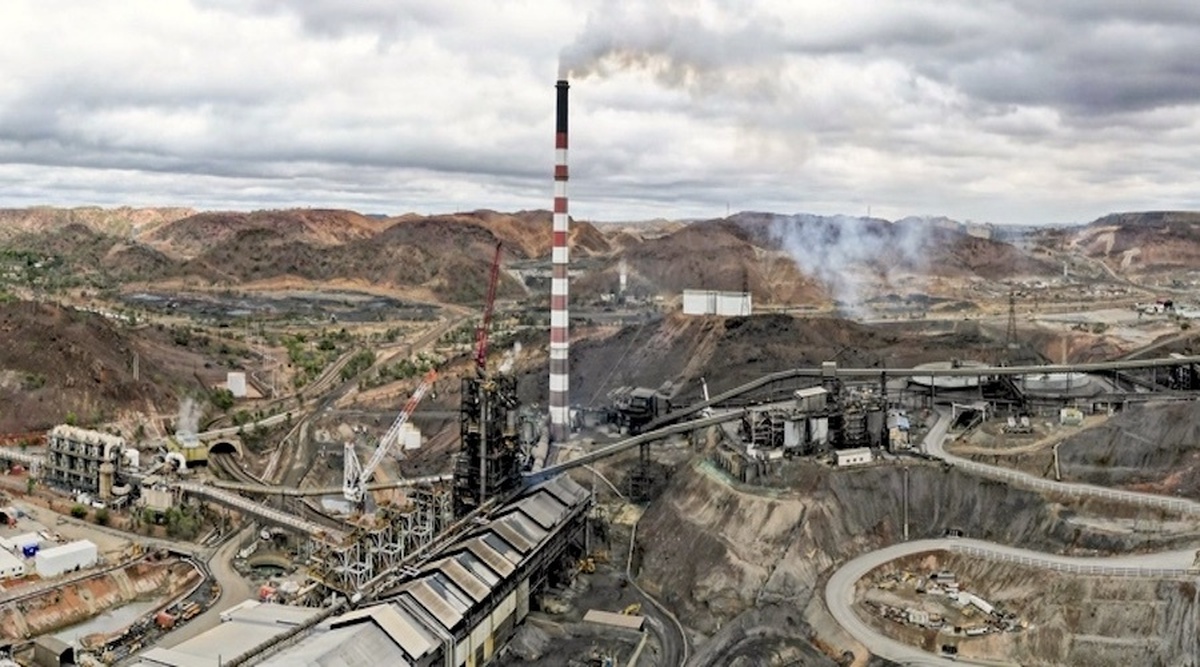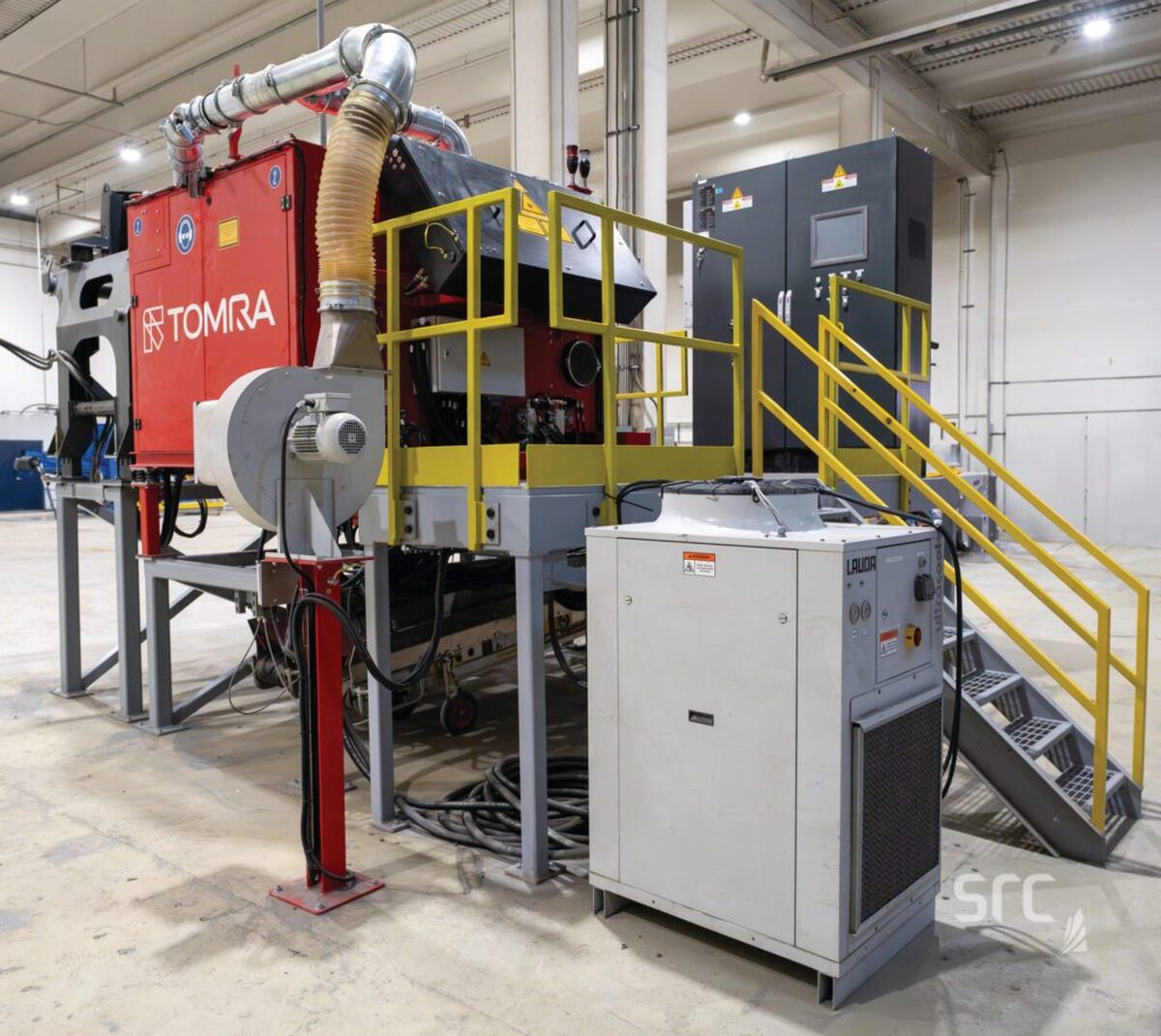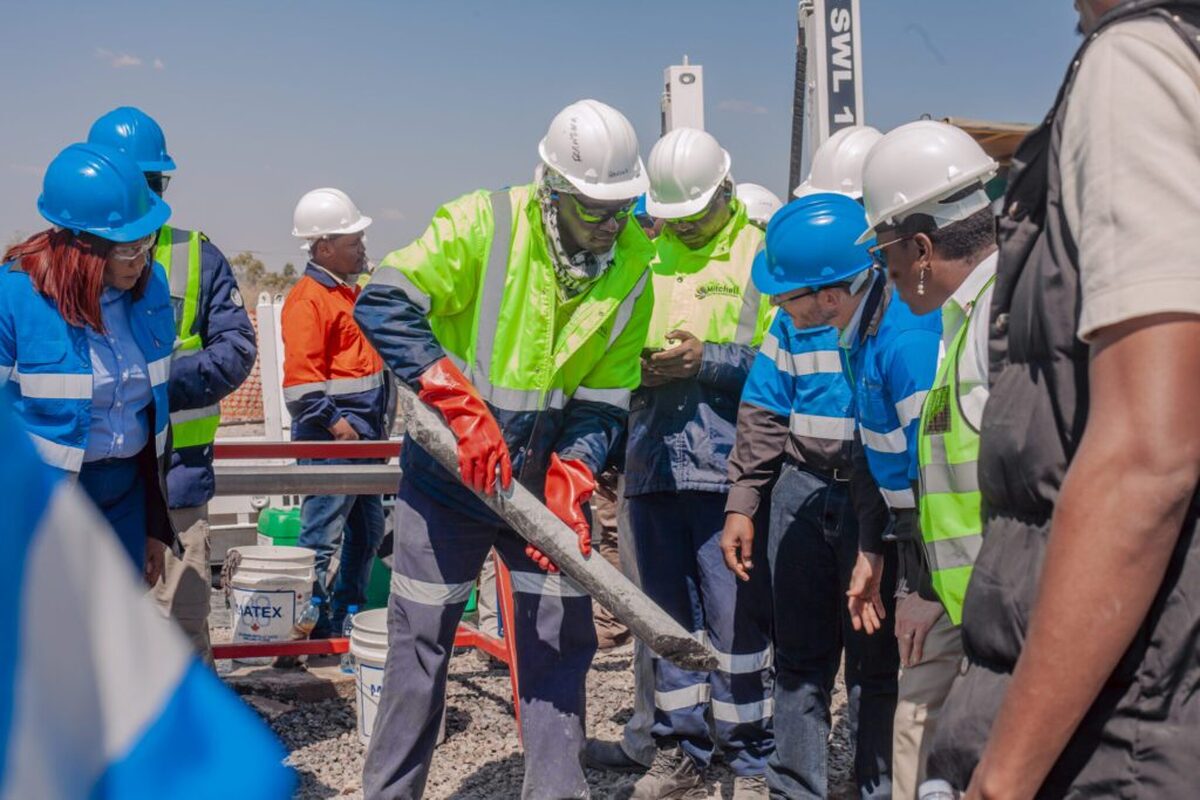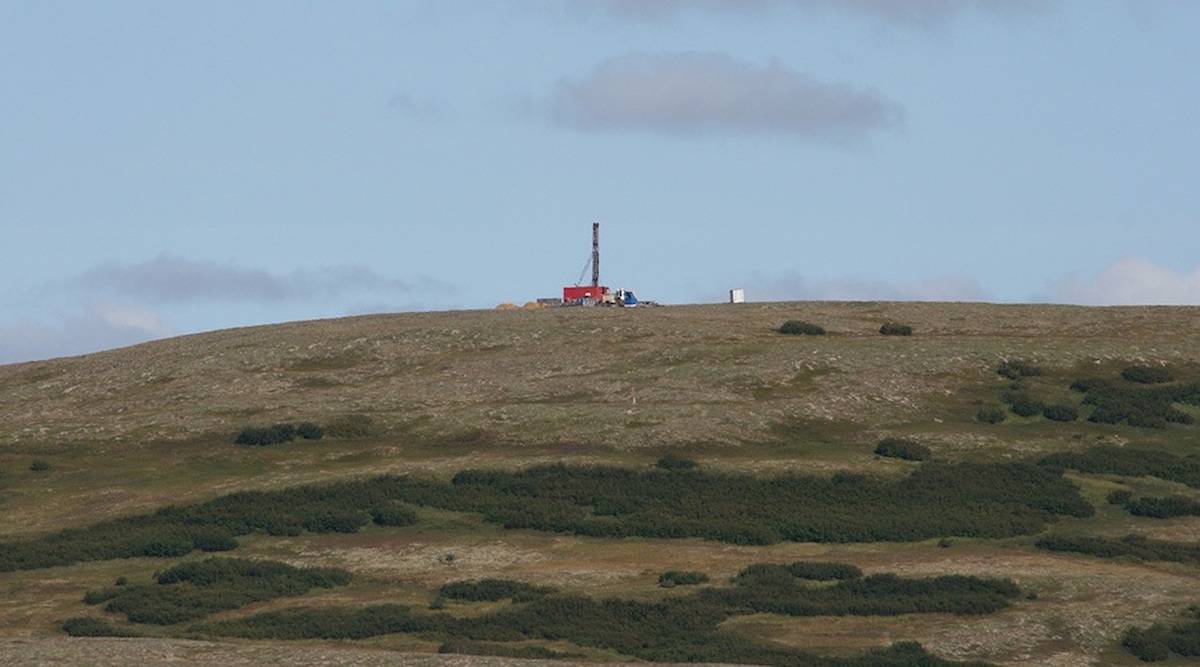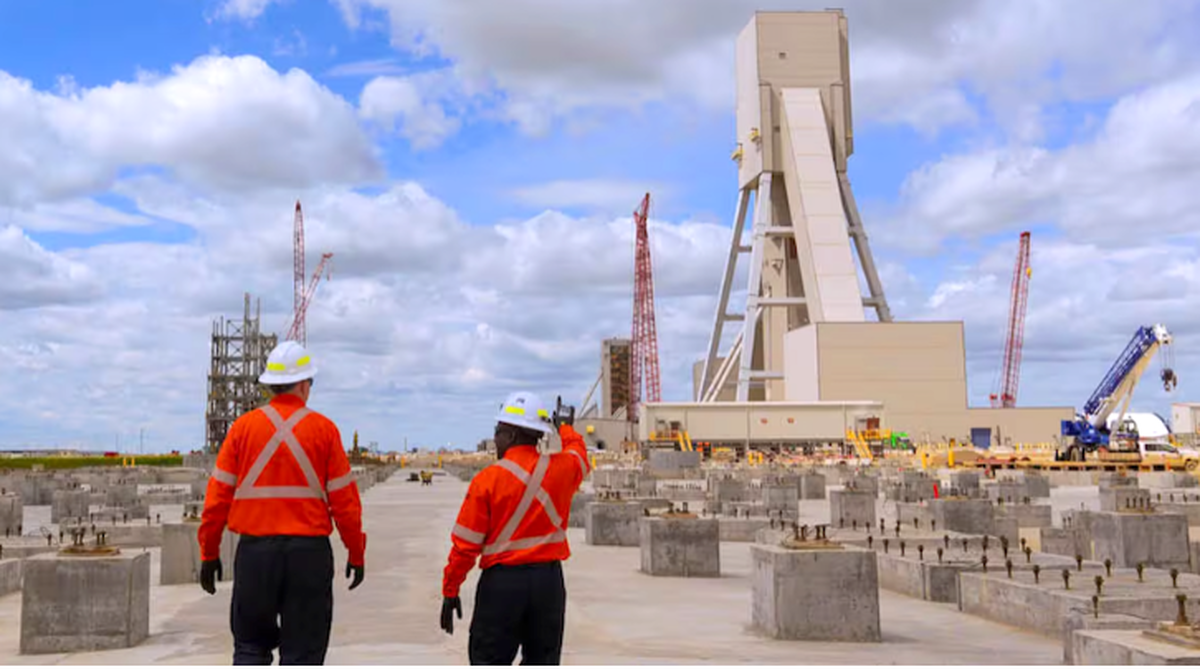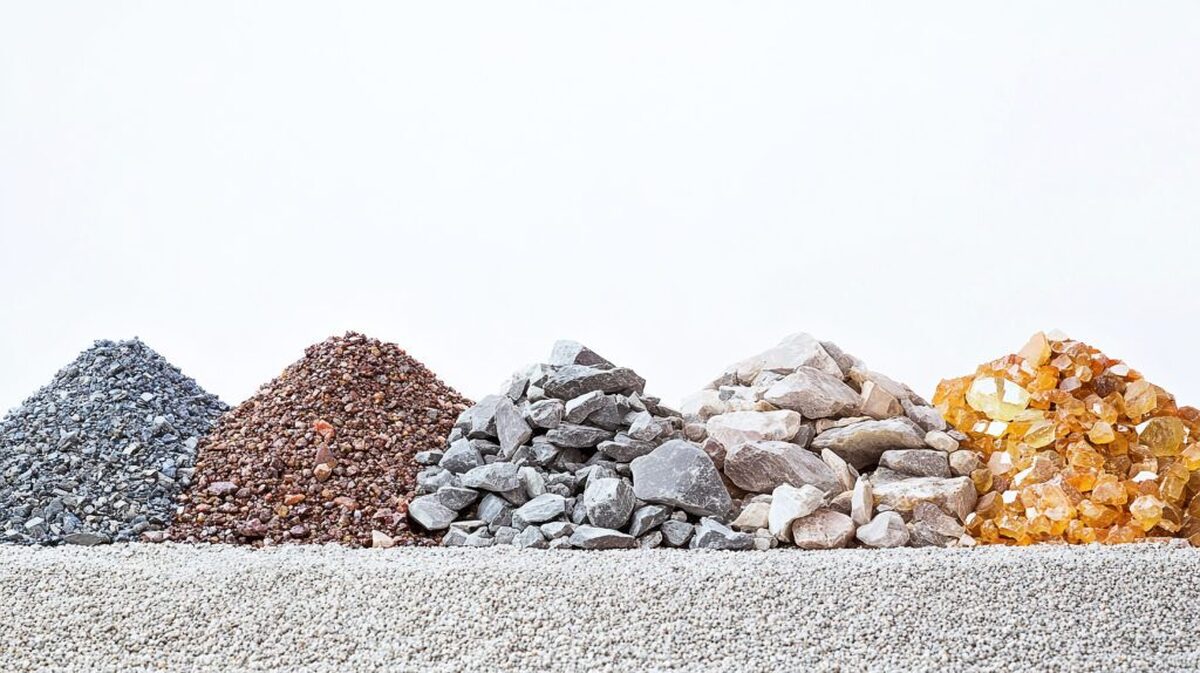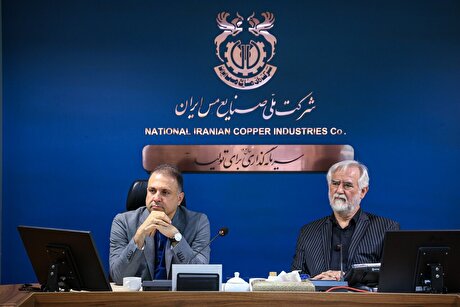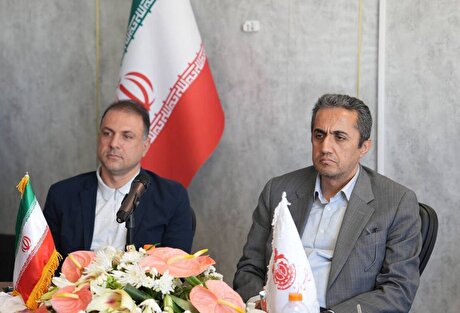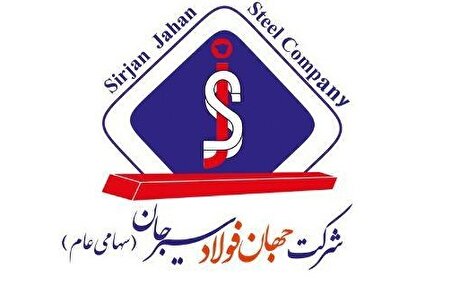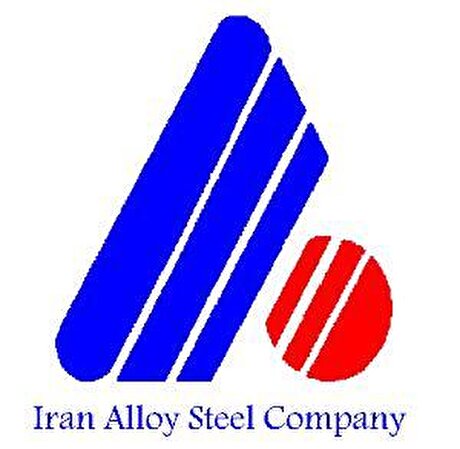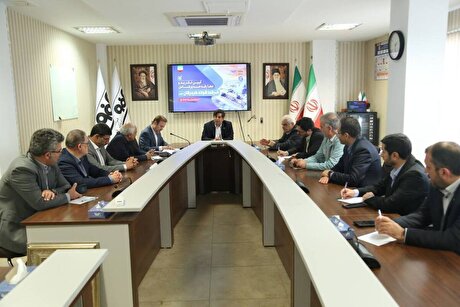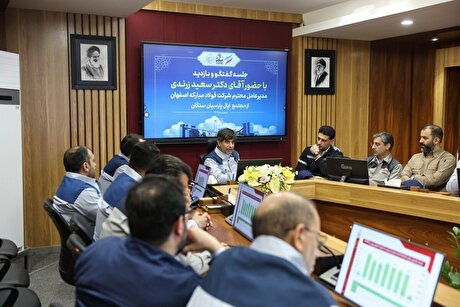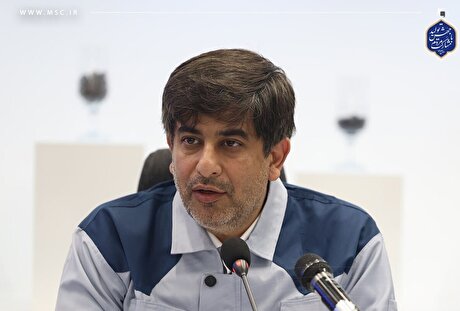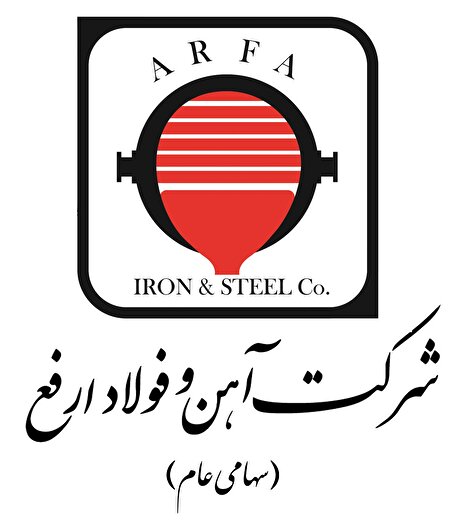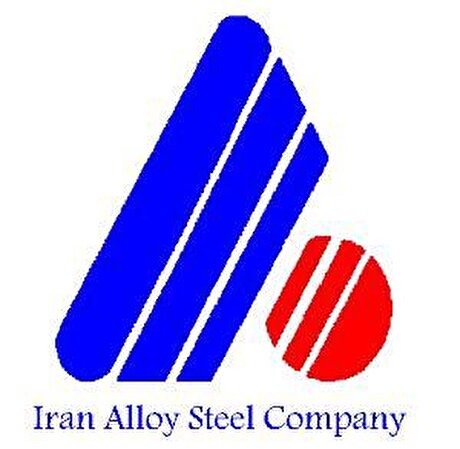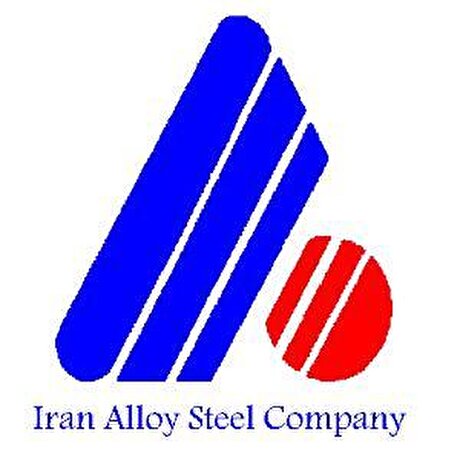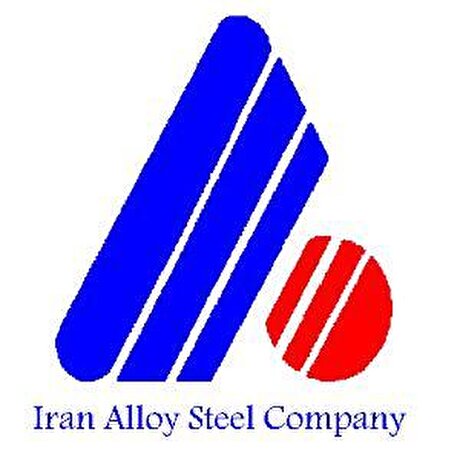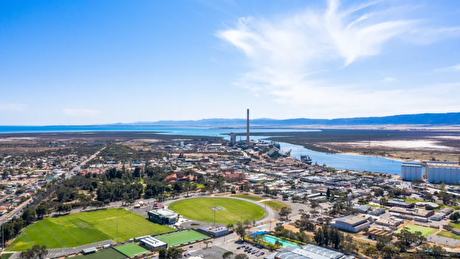
BHP, Lundin JV extends useful life of Argentina copper mine
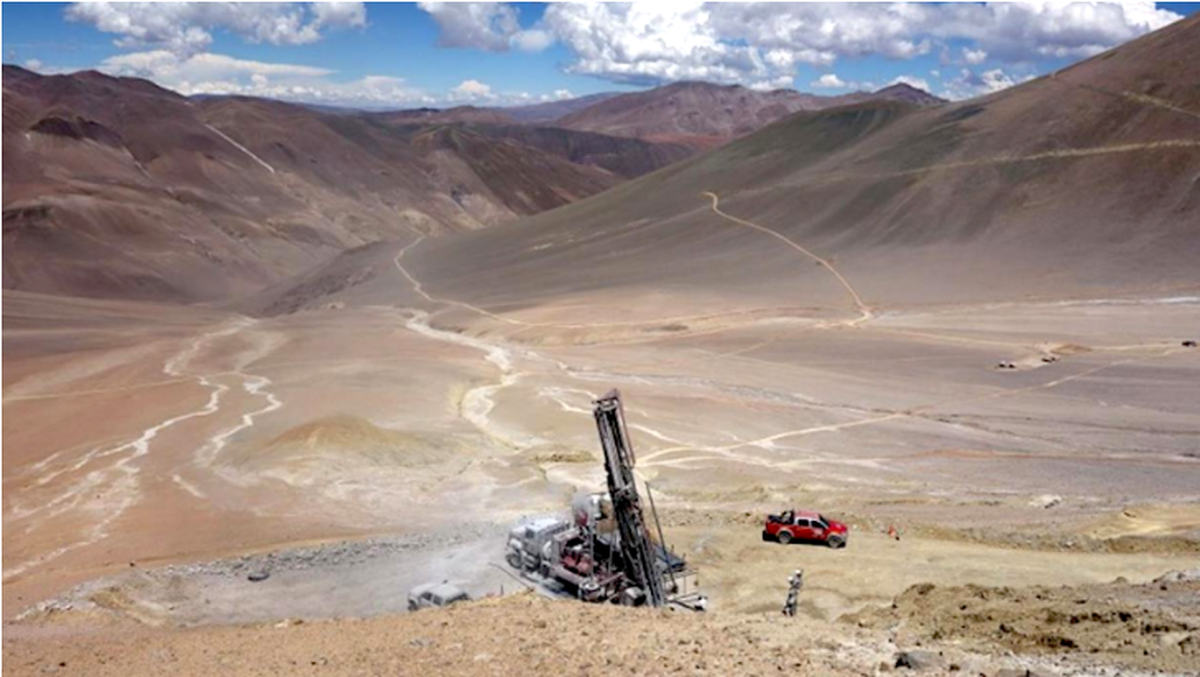
According to me-metals cited from mining.com, It attributed the longer useful life of the mine, now 25 years instead of 19 years previously, to higher levels of exploitable resources.
Argentina’s government is seeking to promote mining in its provinces along the Chilean border, which have so far seen limited development, to boost foreign-currency flows and shore up its economy.
Vicuña cited new studies it presented to provincial authorities this week, in a second update of its environmental impact report during which it also discussed water management measures.
The Josemaria mine is currently in the pre-construction stage and the miner expects production to start in 2030 after submitting a technical report in the first half of 2026, which will determine exact timeframes and projections.
Thursday’s data could help Vicuña’s plans to apply to join Argentina’s Large Investment Incentives Regime (RIGI), promoted by libertarian President Javier Milei’s government to attract investments.
Earlier this year, the deposits at Josemaria and Vicuña’s Filo del Sol mines were estimated to contain 13 million metric tons of measured copper and 25 million tons of inferred copper.
While Argentina has not produced copper since 2018, a sizeable pipeline of projects in the works could propel it to rank among the top 10 producers worldwide.
source: mining.com

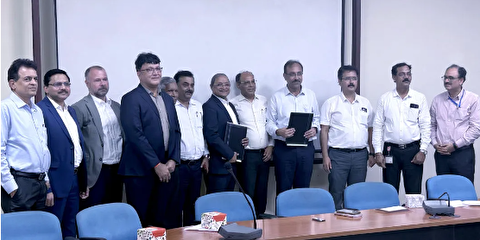
SAIL Bhilai Steel relies on Danieli proprietary technology to expand plate mill portfolio to higher steel grades
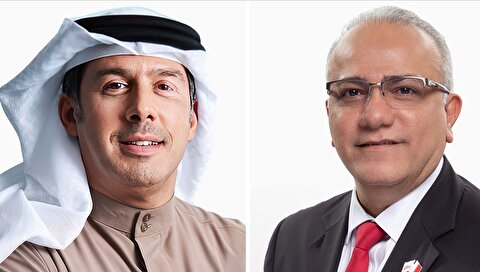
Alba Discloses its Financial Results for the Second Quarter and H1 of 2025
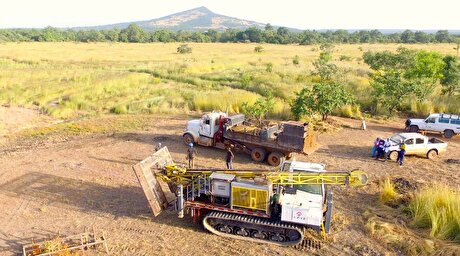
Fortuna rises on improved resource estimate for Senegal gold project
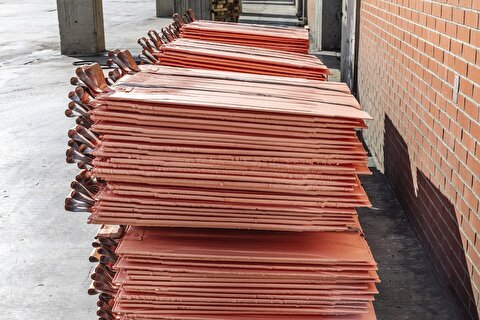
Copper price slips as unwinding of tariff trade boosts LME stockpiles
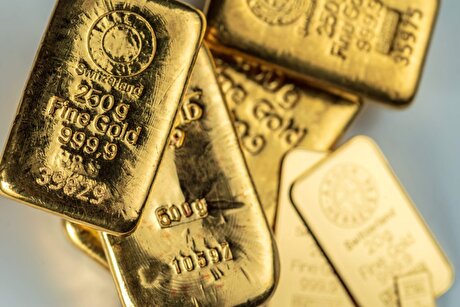
US slaps tariffs on 1-kg, 100-oz gold bars: Financial Times
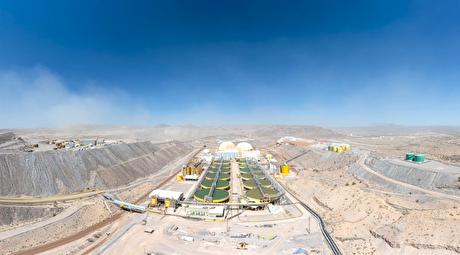
Fresnillo lifts gold forecast on strong first-half surge
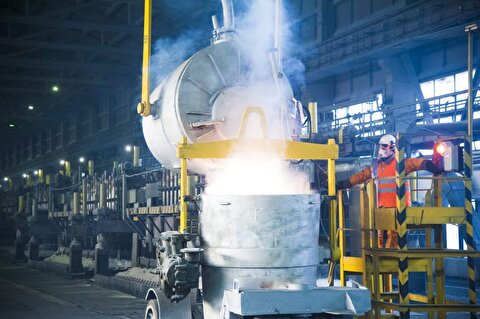
Why did copper escape US tariffs when aluminum did not?
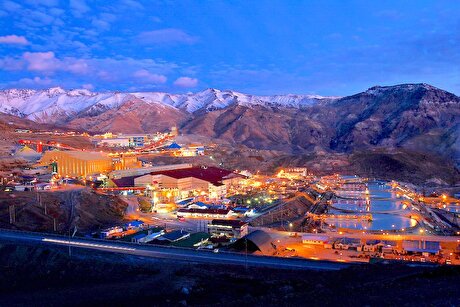
Codelco seeks restart at Chilean copper mine after collapse
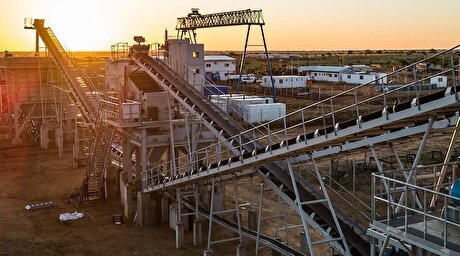
NextSource soars on Mitsubishi Chemical offtake deal
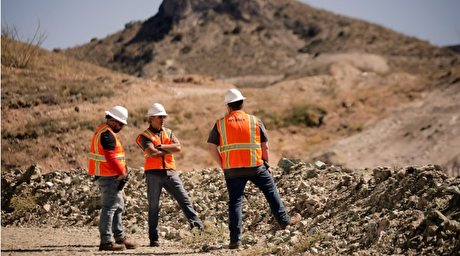
Hudbay snags $600M investment for Arizona copper project
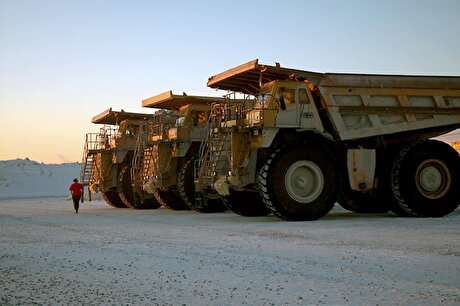
Discovery Silver hits new high on first quarterly results as producer

Trump says gold imports won’t be tariffed in reprieve for market

AI data centers to worsen copper shortage – BNEF
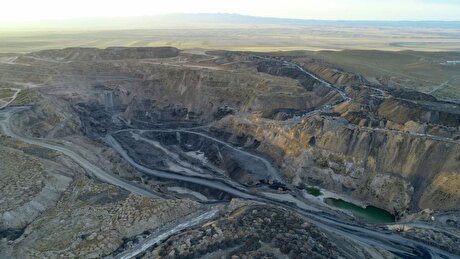
Uzbek gold miner said to eye $20 billion value in dual listing
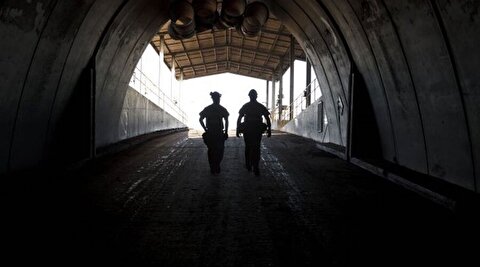
Peabody–Anglo $3.8B coal deal on the brink after mine fire
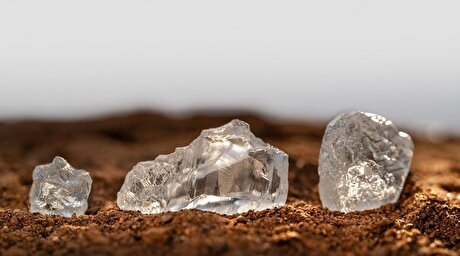
De Beers strikes first kimberlite field in 30 years
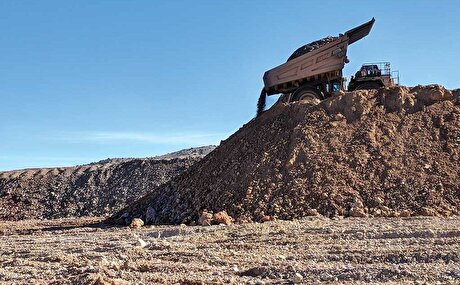
Minera Alamos buys Equinox’s Nevada assets for $115M
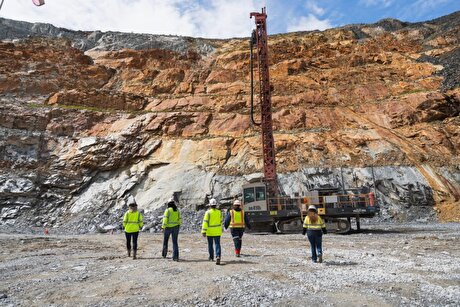
OceanaGold hits new high on strong Q2 results
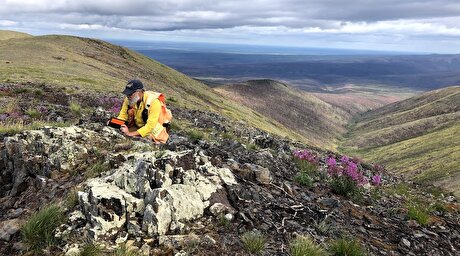
What’s next for the USGS critical mineral list

Hudbay snags $600M investment for Arizona copper project

Discovery Silver hits new high on first quarterly results as producer

Trump says gold imports won’t be tariffed in reprieve for market

AI data centers to worsen copper shortage – BNEF

Peabody–Anglo $3.8B coal deal on the brink after mine fire

De Beers strikes first kimberlite field in 30 years

Minera Alamos buys Equinox’s Nevada assets for $115M

OceanaGold hits new high on strong Q2 results

South Africa looks to join international diamond marketing push
